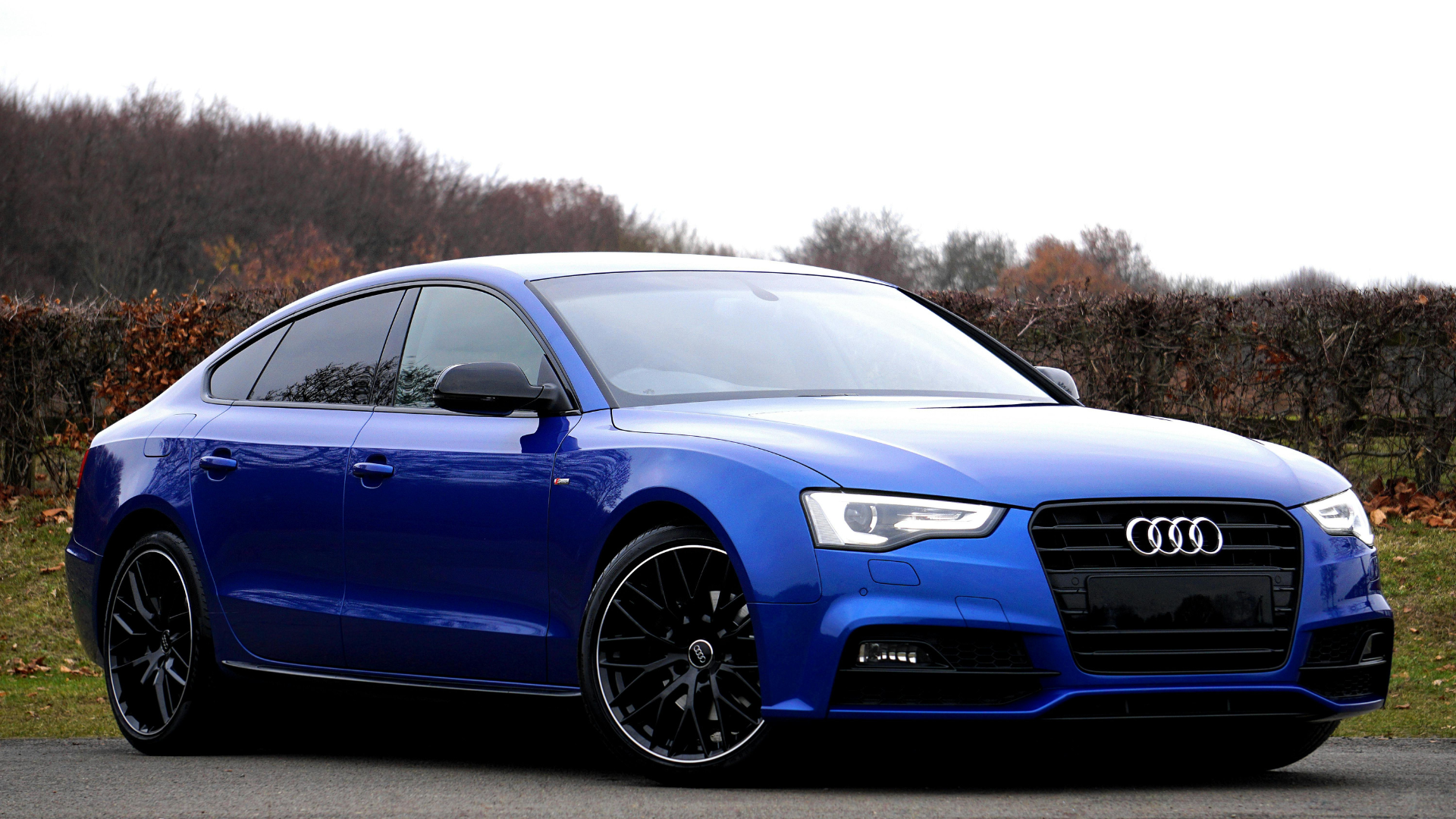It’s Not Just About the Car, It’s About the Driver
The fact that men pay more than women for car insurance sounds unfair, seemingly arbitrary. It may seem like some relic of a stereotype written into an insurance manual, but the truth runs deeper than simple bias. It’s not that insurers want to charge men more; it’s that statistics keep proving they have to. And those numbers tell a story most of us already suspect intuitively: men, on average, take more risks on the road. Before anyone gets defensive, this isn’t about assigning blame or your spotless driving record; it’s about patterns. All of it adds up in the actuarial tables that quietly decide what we pay every month.
Men Crash More Often
Insurance companies don’t work off gut feeling; they use data to determine their rates. And the data says men are more likely to be involved in accidents, particularly serious ones, especially if they’re younger than 45. These aren’t gentle fender benders either, but are high-speed collisions. Meanwhile, women statistically drive fewer miles and commit fewer traffic violations than their male counterparts. It’s not that women are better drivers, they’re just, on average, less inclined to treat the highway like a testing ground.
Risk-Taking Costs Money
Every risk you take on the road is a calculated risk, even if you don’t think of it in those terms. Passing another car on a blind curve, tailgating, and running yellow lights are all small bets you place within your acceptable threshold of safety. Men tend to make those bets more often. Insurers see it in the claims. Men report more accidents, and when they do, the damage is usually more expensive. Bigger crashes with costlier cars involve higher repair bills. The premium follows the pattern. It’s not personal, it’s math.
Vehicle Choice Plays Its Part
There’s also the matter of what men drive. Men tend to favor sports cars, trucks, and turbocharged toys. They’re the sorts of vehicles that cost more to repair, or that subtly encourage a heavier foot on the gas. Women, by contrast, tend to favor smaller, more economical get-you-to-work-and-back kind. You can see the dichotomy play out in any parking lot. A man pulls up in a sleek Dodge Challenger and idles next to a woman’s sensible Toyota Corolla. Both are perfectly fine cars, but one’s a little more fun than the other.
The Age Factor Levels Things Out Eventually
By middle age, the gap between men and women starts to close. By the time they reach 45 or so, men have started to mellow out in their driving behavior, and their insurance costs roughly match women's. Experience tempers behavior; the male ego fades a bit, and the priorities shift. Maybe there’s a kid in the backseat now or those speeding tickets really cut into the monthly bottom line. In some regions, women over 50 actually pay more than men, mainly because they tend to keep driving smaller, older vehicles that lack newer safety tech. But by then, the difference is marginal compared to those early years.
What You Can Actually Do About It
Here’s the small silver lining: insurers also reward change and good behavior. A clean driving record, telematics programs (those little devices that track your habits), and even your choice of car can help balance out your insurance costs over time. Some drivers swear by bundling home and auto policies; others keep it simple by driving fewer miles more safely.









